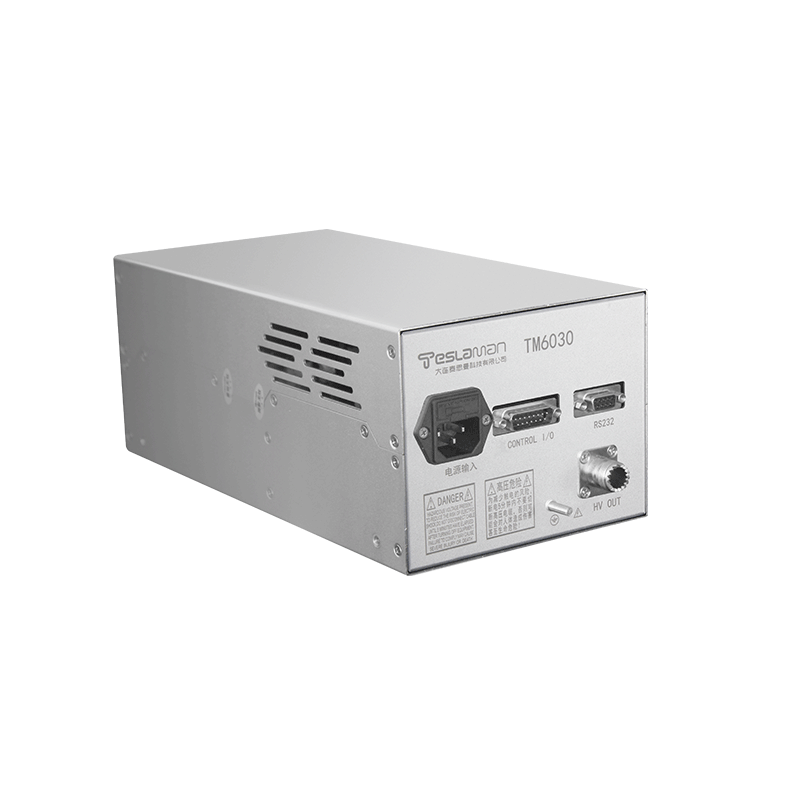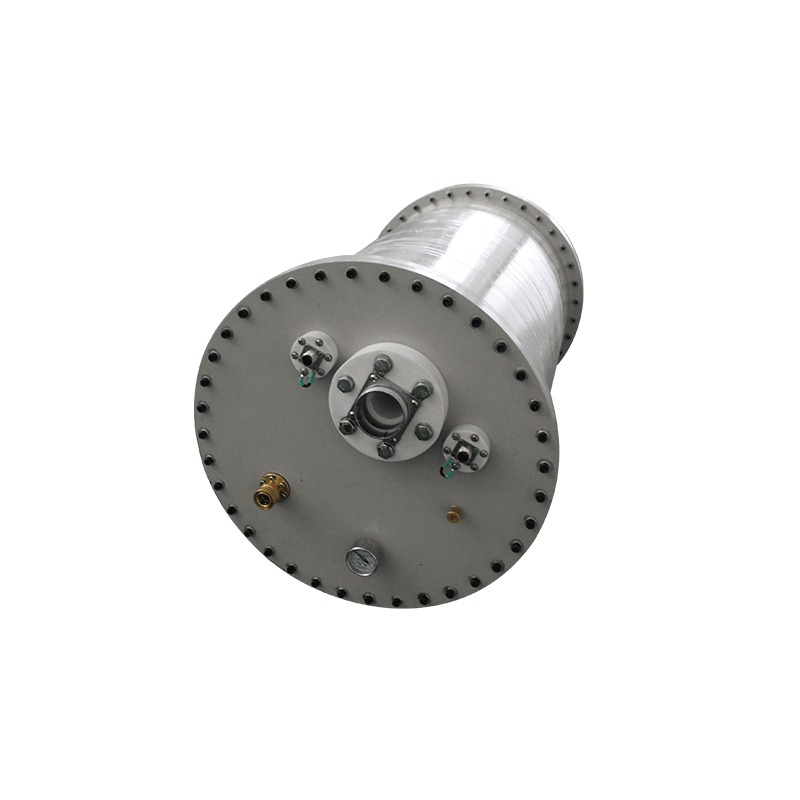Energy Storage Characteristics of 450kV High-Voltage Power Supply
In modern power systems, scientific research experiments, and industrial applications, 450kV high-voltage power supplies play a crucial and indispensable role. Their energy storage characteristics not only directly affect the stability and reliability of the system but also are closely related to the efficient utilization and conversion of energy. Thoroughly studying the energy storage characteristics of 450kV high-voltage power supplies is of great significance for enhancing their performance and expanding their application scope.
The energy storage of a 450kV high-voltage power supply mainly relies on components such as capacitors and inductors. As a common energy storage element, a capacitor can store electrical energy in an electric field. When the high-voltage power supply charges the capacitor, charges accumulate on the plates of the capacitor, forming an electric field, thus achieving energy storage. An inductor stores energy through a magnetic field. When current passes through the inductor, a magnetic field is generated around it, and the energy of the magnetic field is stored in the inductor.
In practical applications, the energy storage characteristics of a 450kV high-voltage power supply are affected by various factors. Firstly, it is the output characteristics of the power supply, including the stability of the output voltage and current and the ripple. The fluctuation of the output voltage will lead to an unstable charging process of the capacitor and inductor, thus affecting the energy storage efficiency. Secondly, it is the characteristics of the load. Different loads have different energy demands and consumption patterns, which will also have an impact on energy storage. For example, for some loads that require high energy instantaneously, the rapid discharge characteristics of the capacitor are particularly important.
In addition, environmental factors such as temperature and humidity will also affect the energy storage characteristics of a 450kV high-voltage power supply. Changes in temperature will affect the parameters of the capacitor and inductor, thereby changing their energy storage performance. In a high-temperature environment, the leakage current of the capacitor will increase, resulting in greater energy loss. In a low-temperature environment, the inductance of the inductor may change, affecting its energy storage effect.
In order to optimize the energy storage characteristics of a 450kV high-voltage power supply, a series of measures need to be taken. On the one hand, by improving the control strategy of the power supply, the stability of the output voltage and current can be enhanced, and the influence of the ripple can be reduced. On the other hand, according to the characteristics of the load, the parameters of the capacitor and inductor can be reasonably selected to meet the energy requirements of different loads. At the same time, the influence of environmental factors also needs to be considered, and corresponding protective measures should be taken to ensure the stable operation of the power supply in different environments.
In conclusion, the energy storage characteristics of a 450kV high-voltage power supply are a complex and important research field. Through in-depth study of its energy storage principles and influencing factors and the adoption of effective optimization measures, the performance and reliability of the high-voltage power supply can be improved, providing more powerful support for its application in various fields.




















